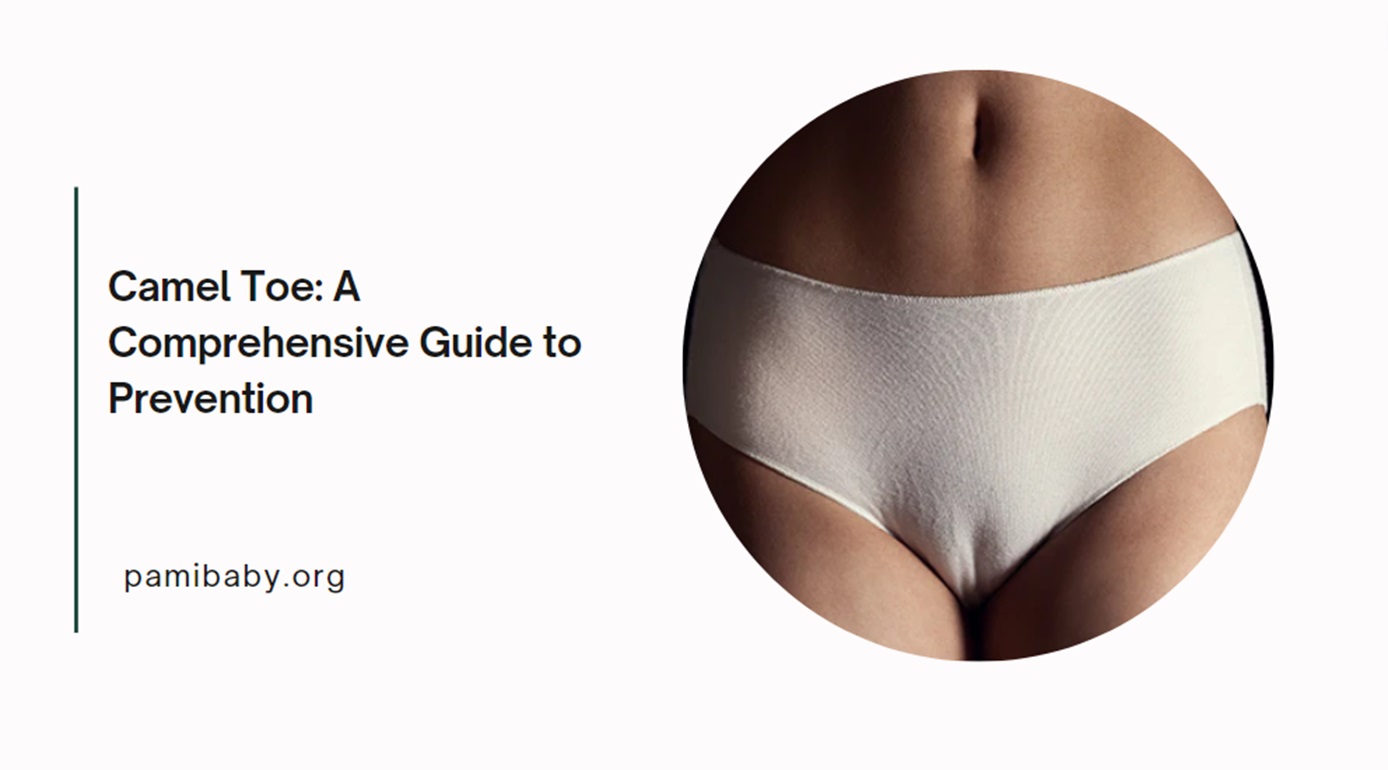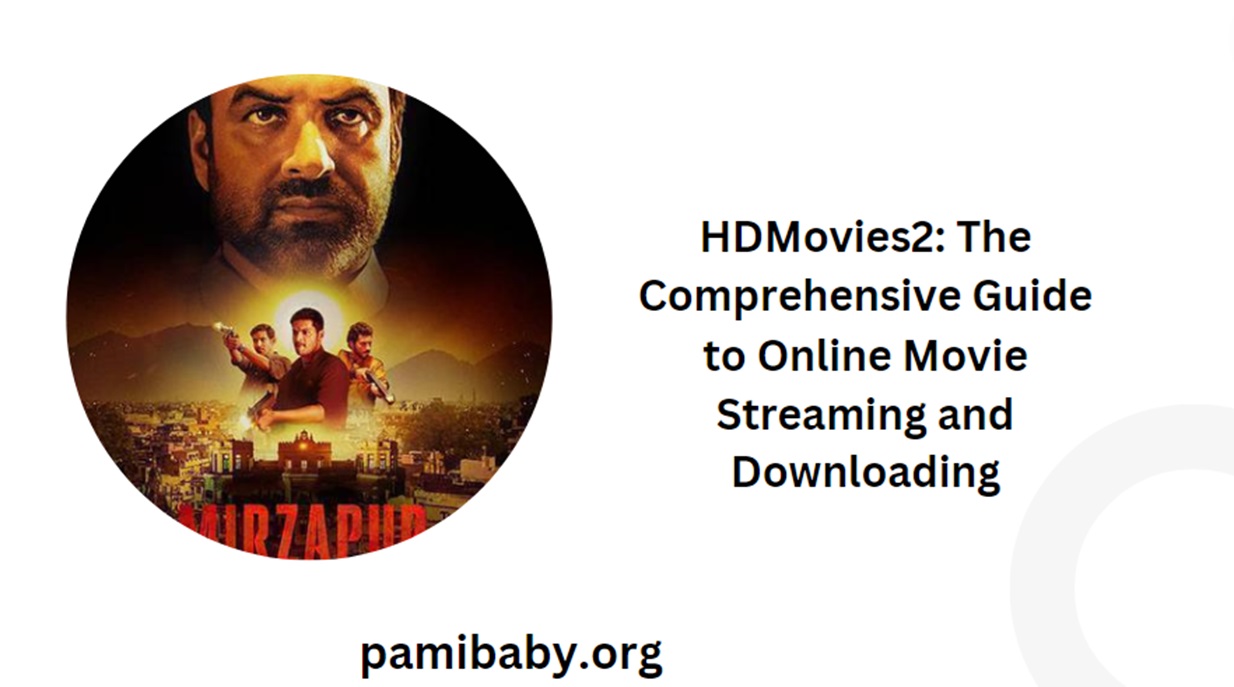Introduction
“Camel toe” is a term that has gained significant recognition in popular culture, fashion, and everyday conversations. While often discussed in a humorous or light-hearted context, it can be a source of embarrassment and discomfort for those who experience it. This article delves deep into the concept of camel toe, exploring its causes, social implications, and potential solutions.
Table of Contents
What is Camel Toe?
Camel toe refers to the visible outline of the female genitalia, specifically the labia majora, through tight-fitting clothing. This phenomenon is most commonly associated with garments such as leggings, yoga pants, swimsuits, and other form-fitting apparel. The name “camel toe” comes from the resemblance of this outline to the split toe of a camel.
Causes of Camel Toe
Tight Clothing
The primary cause of camel toe is wearing tight clothing. Fabrics that cling to the body can accentuate the natural contours of the anatomy, leading to the characteristic outline.
Fabric Choice
Certain fabrics are more prone to causing camel toe than others. Stretchy materials like spandex, lycra, and some types of polyester can cling more tightly to the skin, increasing the likelihood of camel toe.
Clothing Design
The design of the clothing also plays a crucial role. Garments with a central seam that runs between the legs can create pressure points, leading to camel toe.
Anatomical Factors
Individual anatomy can also influence the likelihood of experiencing camel toe. Variations in the shape and size of the labia majora, as well as the overall pelvic structure, can contribute to the prominence of camel toe.
Improper Fit
Wearing clothing that is too small or ill-fitting can exacerbate the problem. Ensuring a proper fit is essential to minimize the risk of camel toe.
Social and Cultural Implications
Media Representation
Camel toe has been a topic of interest and humor in media and popular culture. It has appeared in movies, television shows, and online memes, often portrayed in a comedic light. However, this portrayal can contribute to the stigmatization and embarrassment associated with it.
Body Shaming
The focus on camel toe can also be a form of body shaming. Women who experience camel toe may feel self-conscious or ashamed of their bodies, leading to negative body image and self-esteem issues.
Fashion Industry Response
The fashion industry has responded to the issue of camel toe in various ways. Some brands have designed clothing with built-in liners or specific cuts to reduce the risk of camel toe. Others have embraced the natural contours of the body, promoting body positivity and acceptance.
Practical Solutions to Avoid Camel Toe
Choosing the Right Clothing
Selecting clothing with thicker fabrics, looser fits, or strategically placed seams can help minimize the risk of camel toe. Opting for garments designed with this issue in mind can provide additional comfort and confidence.
Wearing Underwear
Choosing the right type of underwear can also make a significant difference. Seamless, well-fitted underwear or special camel toe guards can provide a barrier between the body and the outer garment, reducing the visibility of camel toe.
Adjusting Fit
Ensuring that clothing fits properly is crucial. Avoiding clothes that are too tight or too small can help prevent the formation of camel toe.
Modesty Panels
Some clothing items come with built-in modesty panels or liners designed to smooth out the appearance of the pelvic area. These can be particularly useful in swimwear and activewear.
Embracing Body Positivity
Challenging Stigmas
Part of addressing the issue of camel toe involves challenging the stigmas and societal pressures associated with it. Promoting a culture of body positivity and acceptance can help reduce the shame and embarrassment that some women may feel.
Media Responsibility
The media plays a significant role in shaping perceptions and attitudes. Encouraging more responsible and respectful portrayals of body-related issues can contribute to a healthier and more accepting society.
Personal Confidence
Ultimately, personal confidence and self-acceptance are key. Embracing one’s body and understanding that camel toe is a natural occurrence can help individuals feel more comfortable and at ease.
The Role of Fashion and Design
Innovative Designs
Fashion designers have been increasingly aware of the need to address camel toe through innovative designs. From special seam placements to thicker fabric choices, designers are finding ways to balance aesthetics and comfort.
Consumer Demand
Consumer demand for clothing that addresses issues like camel toe is growing. This demand is pushing the fashion industry to create more inclusive and thoughtful designs that cater to a wide range of body types and preferences.
Future Trends
As the conversation around body positivity and acceptance continues to evolve, the fashion industry is likely to see more trends that prioritize comfort and body confidence. This includes clothing that minimizes camel toe without compromising on style.
Conclusion
Camel toe is a common and natural occurrence that has gained attention in various social and cultural contexts. While it can be a source of discomfort and embarrassment, understanding its causes and exploring practical solutions can help individuals manage and mitigate the issue. By promoting body positivity and challenging societal stigmas, we can create a more accepting and inclusive environment for everyone.









